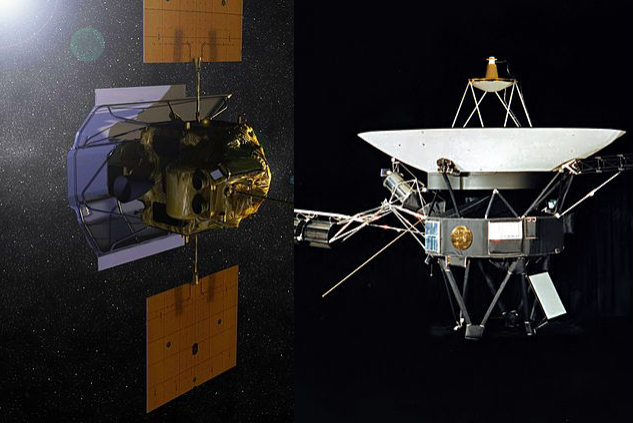Where All Of Our Active Spacecraft Are, From Mercury To Interstellar Space [INFOGRAPHIC]

Since the space race began in the 1950s, humans have shot more than 160 unmanned probes beyond Earth’s orbit, and at least 25 are currently active. Just in case you were wondering where all of our spacecraft have gotten to, the folks at the World Science Festival have created a snappy graphic to fill you in.
Some, like the Curiosity rover, might be familiar already; others, like the Venus Express or Wind – which has been trucking around the sun for more than 10 years, studying radio waves and plasma streaming from the sun – might be new to you.

Our outermost space explorer, Voyager 1, is more than 11 billion miles from Earth, and it's streaking away further and further every day. It’s been a hot scientific debate as to when the probe actually left our solar system. Just where you define the boundary limits of solar system is primarily determined by the heliosphere, a magnetic bubble that encapsulates our sun and planetary neighbors (plus asteroids) and solar wind and solar magnetic field. This past September, NASA scientists determined that Voyager had officially entered interstellar space in August 2012, based on plasma measurements that show the craft had entered an entirely new region different from our solar bubble.
Incidentally, the World Science Festival will be held from May 28 to June 1 in 2014.
© Copyright IBTimes 2024. All rights reserved.





















